Assignment 12
Portfolio: Concept
At the end of your sophomore year you will submit a portfolio showcasing the work you’ve created. Your portfolio should be designed for screen based viewing. It should also have a visual style or narrative which guides the viewer through your work.
Next week design the following key components of your portfolio. Consider all that you have learned up to this point. Your portfolio and all of it’s components should have a visual language and be designed with a system in mind. The color palette, typography and layout should create a coheasive whole.
Week 1
Come up with the concept for your portfolio. This can be a visual concept, organizing principle, type and color palette, etc. Apply this language to your cover, and design one project including a title page and 3 subsequent pages for that project. Design your portfolio in Figma. We will review your work on screen. Add a link to your Figma file to our shared class doc.
Cover
Design the cover of your portfolio. It should feature your first and last name, SVA ID number, and the title ‘Sophomore Portfolio 2025’.
Project
Design a title page which introduces your project, and 3 pages showcasing the project and it’s design details. Consider your design system: typographic hierarchy, grid, margins, folio system, etc. and understand this should be the base design system for your whole portfolio document.
Project Requirements
1. Title Page: Including
Project Title
Professor Name
Blurb (project description)
2. Header and folio System: Including
Header content: 'Your name, Sophomore Portfolio 2025'
Folio: a folio is your page numbering system
3. Three subsequent pages showcasing the project with image captions
Display and pace your project, showing different aspects of the design.
Define your grid and use it to showcase your project
Image captions briefly describe the image displayed

FINAL REQUIREMENTS
Size: 1366x768px (16:9 ratio) 18.97x10.66in / 481.89x270.93cm
PDF: 40 slides
Videos: Up to 3 (optional)
Plus: Personal Video (less than 30 seconds) Tell us a bit about you and your work.
File naming protocol: Lastname_Firstname_SophomorePortfolio2025.pdf
Requirements PDF and Sample PDF
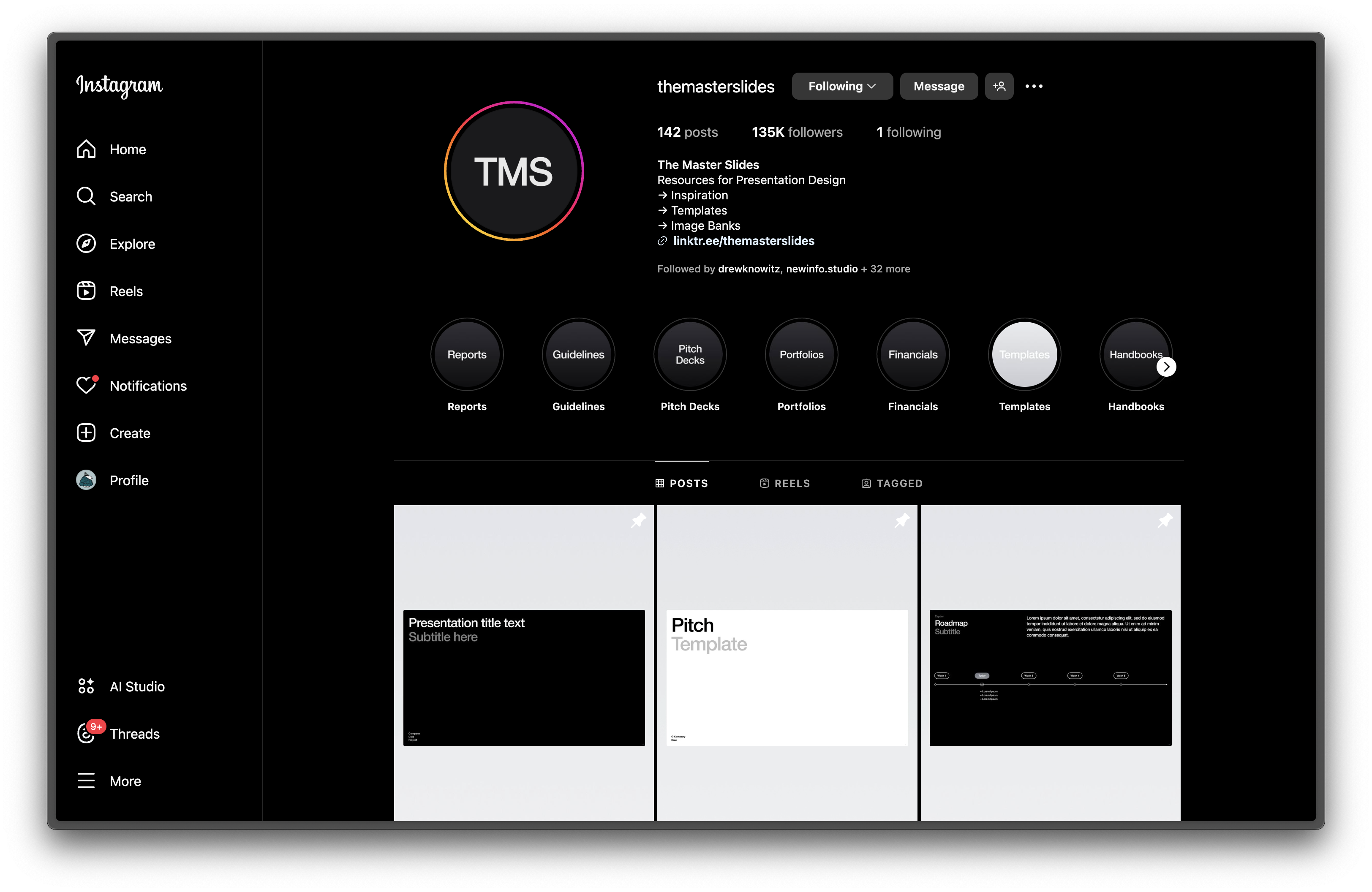 Background
Background
Consider reviewing The Master Slides, an instagram account that documents various presentation designs across the industry of graphic design.
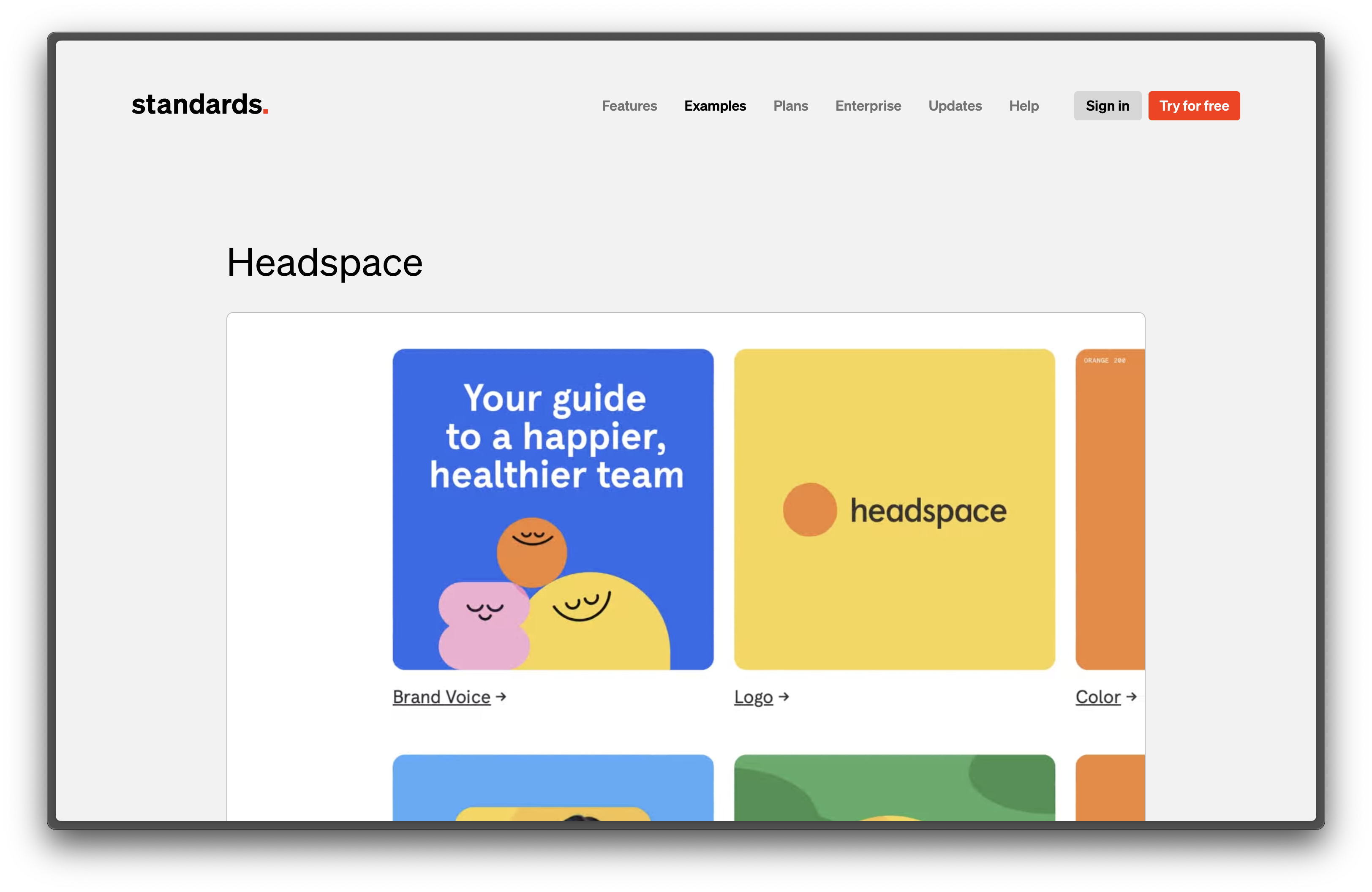 Background
Background
Standards is a platform to build Identity Guidelines Documents. It features a number of great brand books. These can be great resources to see how to visualize and explain the types of work that go into a design project.
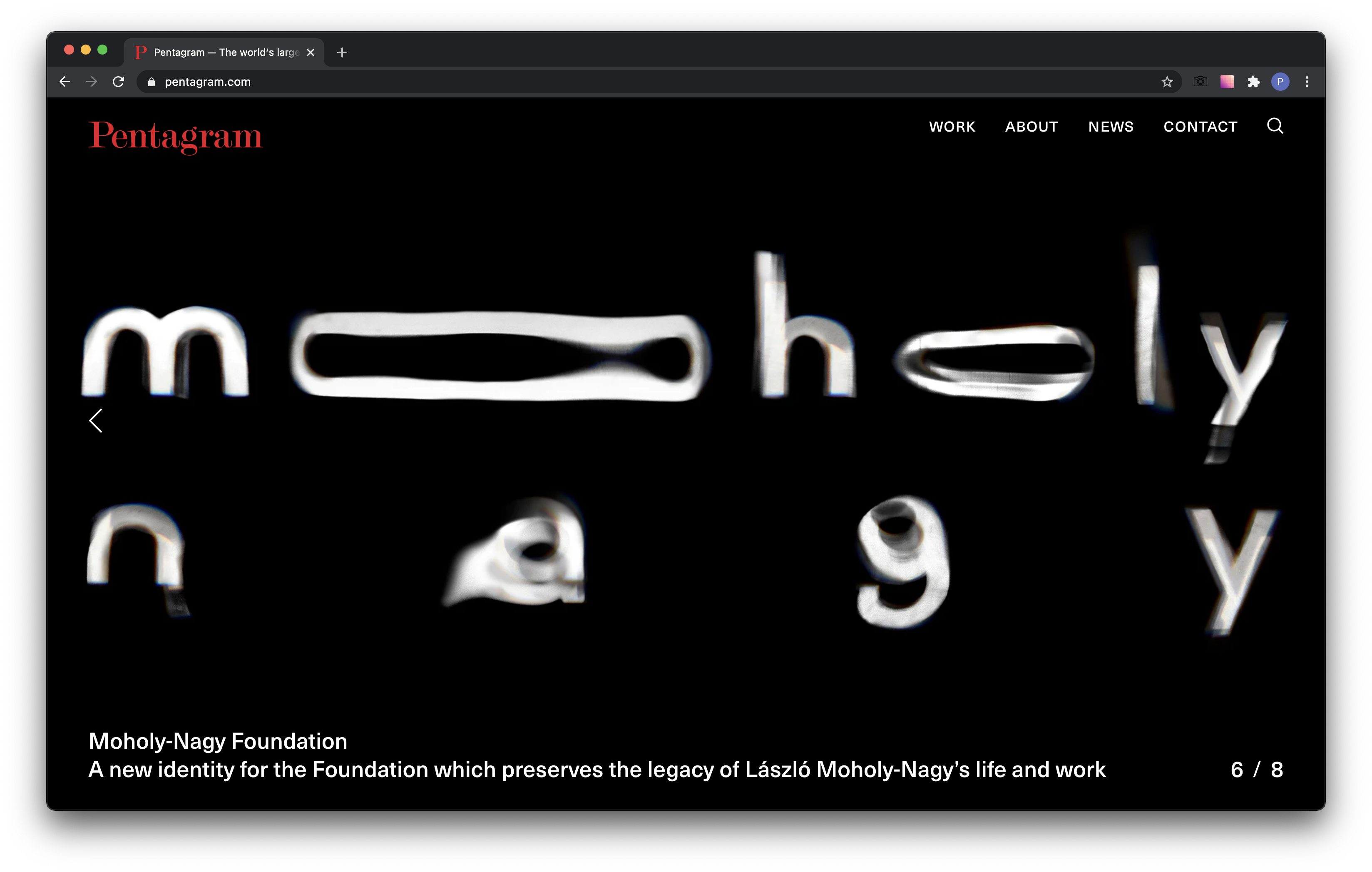 Background
Background
Your portfolios will be presented digitally. Consider how this medium can be leveraged to create a unique experience. Your portfolio is meant to display your work completed throughout the year. My suggestions: Keep it simple, display the work in the best possible manner, and don’t let the design of the presentation overshadow the work itself. You have the luxury of working on this book in class with myself and your peers. Take it seriously, and plan ahead of time. What you bring in is just the beginning of your design. Continue to refine and develop your presentation for the rest of the semester.
Your pages should be laid out in a manner to display your work. For example, if I were showing my collection book: My first page would show the cover and a description of the project. The second page would show a grid of six spreads, showcasing the design and layout of the interior. My third page would show my favorite two spreads, showcasing the method in which I documented my collection object. Lastly my fourth page would showcase the book production by photographing the object at an angle, showcasing the binding method. My fourth spread would end on my favorite spread, and maybe a few sketches showing where the book originated. See this Pentagram project for reference.
FINAL SUGGESTIONS
Quality, not quantity
Explanation for project
Process sketches a bonus
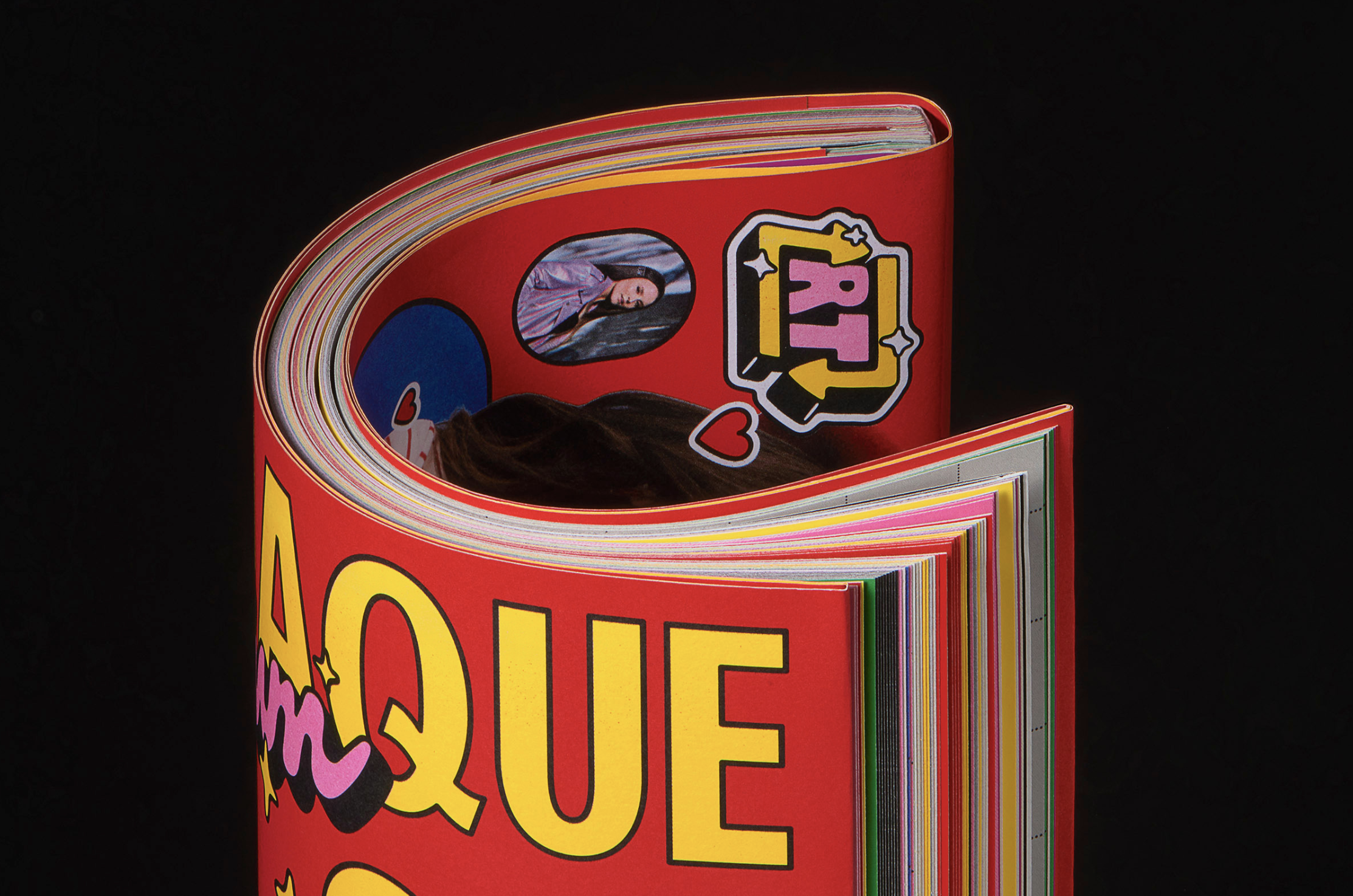
Porto-Rocha
does a fantastic job of distilling their concepts down into digestible paragraphs of text. Their photography and presentation of physical objects is clean and unobtrusive with a subtle flair, while showing off the object quality of their design. Link
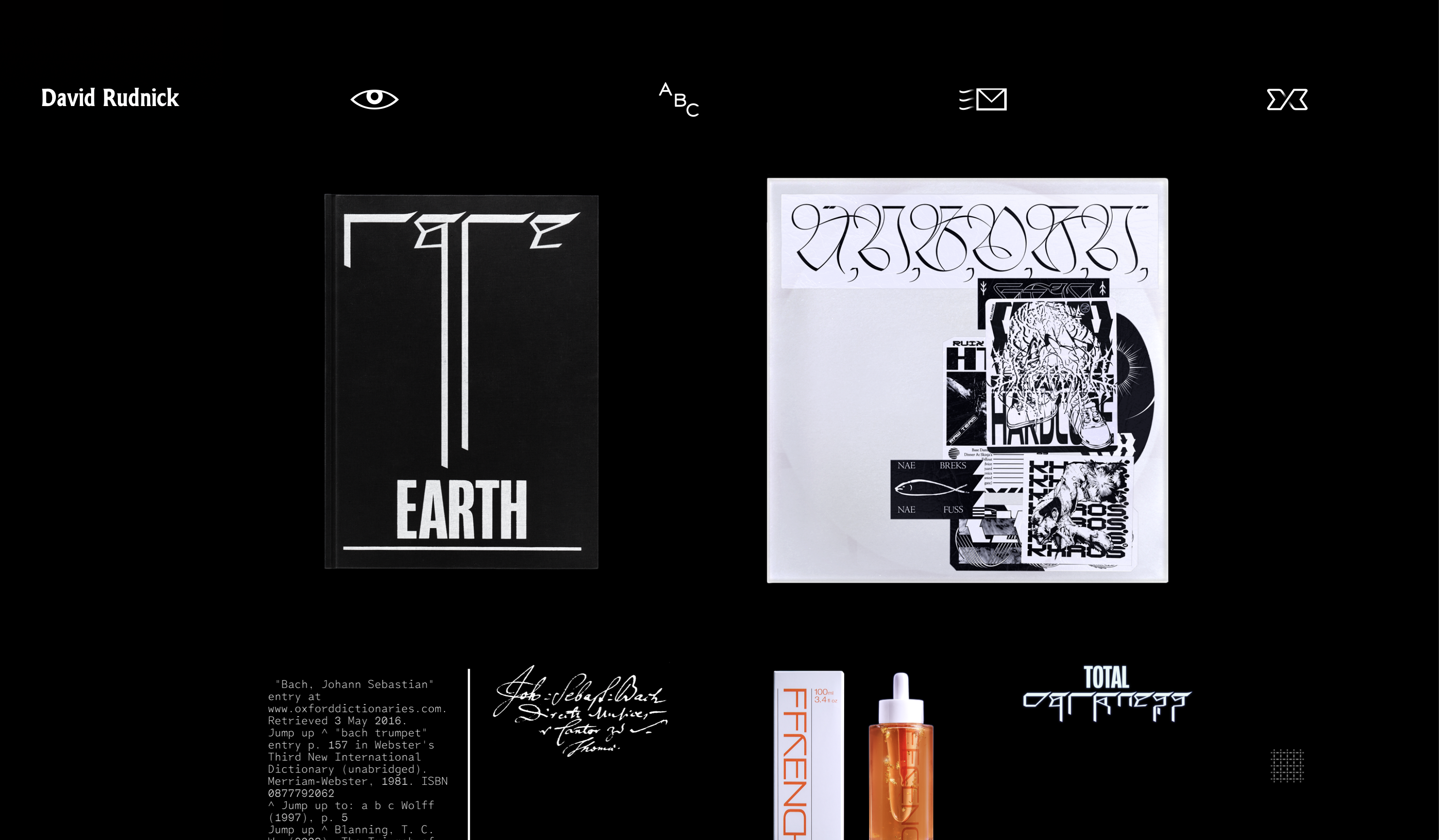
David Rudnik
scans his work throughout his entire portfolio. This has an even, flat presentation and gives emphasis on the details. It also creates a unifying style from project to project. Link
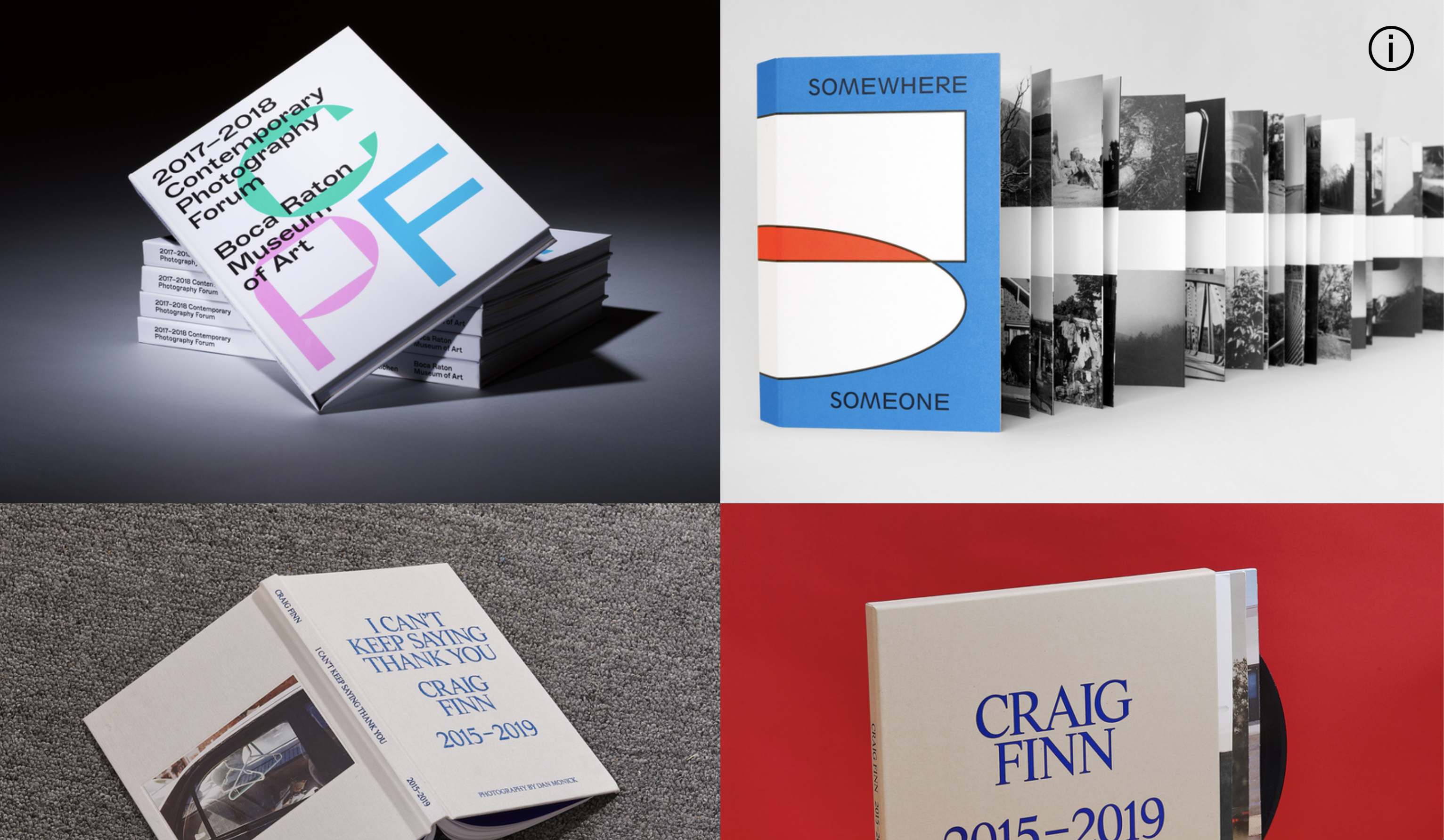
Vance Wellenstein
photographs his work in unique settings with special lighting and colorful backgrounds. These photographs amplify a certain aesthetic or design decision from the project itself. Link